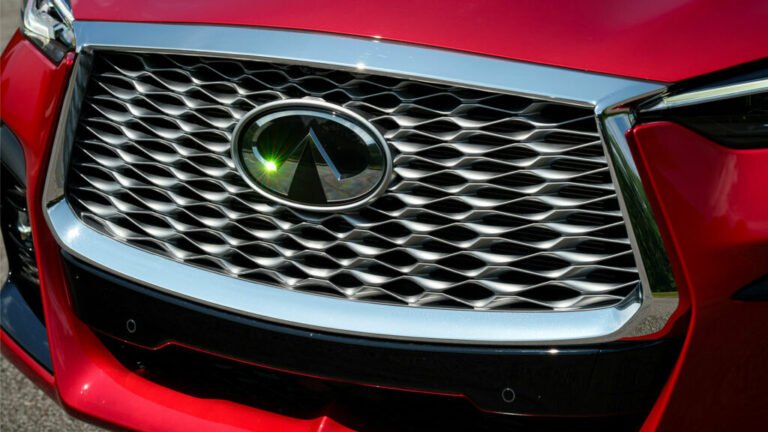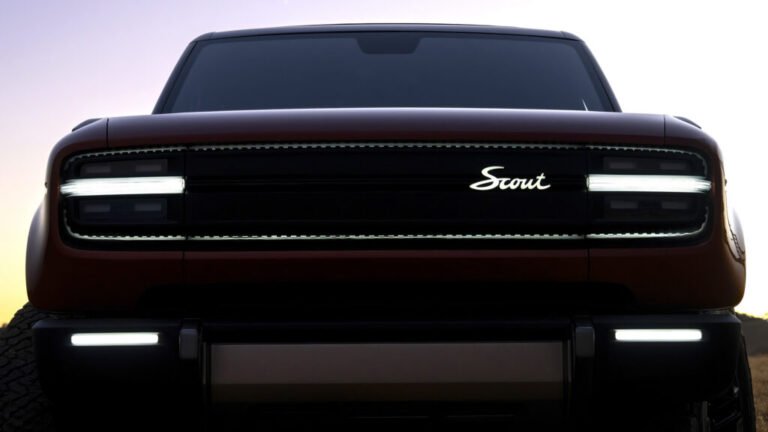
Tap a parking bollard at walking pace. No paint cracked. No metal bent. Then the dash throws a tantrum and the estimate arrives: $8,500. Welcome to 2025, where your “bumper” is a sensor farm and a tiny knock sends the car to calibration camp. I’m not calling body shops crooks; I’m saying we built glass-and-plastic computers on wheels. Nudge a bracket a millimeter and the driver-assist brain loses the plot. The bill isn’t for paint. It’s for making the car believe the world is straight again.
Why Small Bumps Cost Big
Modern safety tech—ADAS (Advanced Driver-Assistance Systems)—uses cameras behind the windscreen, millimeter-wave radar behind the bumper cover, and ultrasonic pucks in the corners. Move any of it and the car demands calibration: static (laser-level boards in a bay), dynamic (a prescribed road drive), or both. Insurers and repairers didn’t invent that; carmakers require it so lane-keeping and automatic emergency braking work properly. The numbers aren’t rumor. AAA’s research shows ADAS parts plus calibration can represent a sizeable slice of crash repairs, with individual calibrations routinely adding hundreds to more than a thousand dollars to otherwise routine jobs. IIHS (Insurance Institute for Highway Safety) has also documented how windscreen and crash repairs often trigger calibration—and how owners report more post-repair niggles when ADAS is involved.
2025 Hyundai
Two Cars, Same Problem
Take a Hyundai Ioniq 5 AWD: about 320 horsepower and 446 lb-ft, punchy and calm, with its stereo camera living behind heated glass and radar looking through the front fascia. The Tesla Model 3 Long Range posts about 4.2 seconds 0–60 mph on Tesla’s sheet, with the Performance trim much quicker again. Both are brilliant to drive—and both hide critical sensors in places most of us called “bodywork.” Tap the nose and you’re not just repainting; you’re buying a radar bracket and paying for static and dynamic calibrations so the tech trusts itself again.

Tesla
Why EVs Cost More to Fix
Electric vehicles (EVs) crank up the cost curve. More aluminum and composites mean fewer old-school fixes, and procedures are strict around high-voltage hardware. Collision-data firm Mitchell reports U.S. EV claim severity at roughly $6,000+ on average, materially higher than petrol cars, with 2024 repairable battery-electric claims averaging about $6,236. That’s before anyone worries about the pack. If there’s any doubt about underfloor damage, the conservative call can be inspection or replacement rather than “it’ll buff out”—a safety-first choice that annihilates budgets.

The Insurance Spiral
Claims get pricier; premiums follow. The U.S. consumer-price index line for motor-vehicle insurance has outpaced broader inflation, and national reporting pegs average premiums at roughly 50% higher over five years. Why? More expensive cars, pricier parts, longer repair times, and yes—calibration rituals for the very safety gear that prevents crashes.
What You Can Do
The safety works. It saves shunts and lives. But complexity punishes bodywork, so a low-speed knock now bills like a proper crash used to. Until carmakers design sensor-modular fascias and publish clearer EV battery repair playbooks—and insurers stop writing off cars for cosmetic scars—treat curbs like landmines. Park cleanly, choose shops that calibrate in-house, and ask your insurer how they handle ADAS and EV procedures. The quiet shove of an EV is still glorious; the repair math is the part that’s broken.


